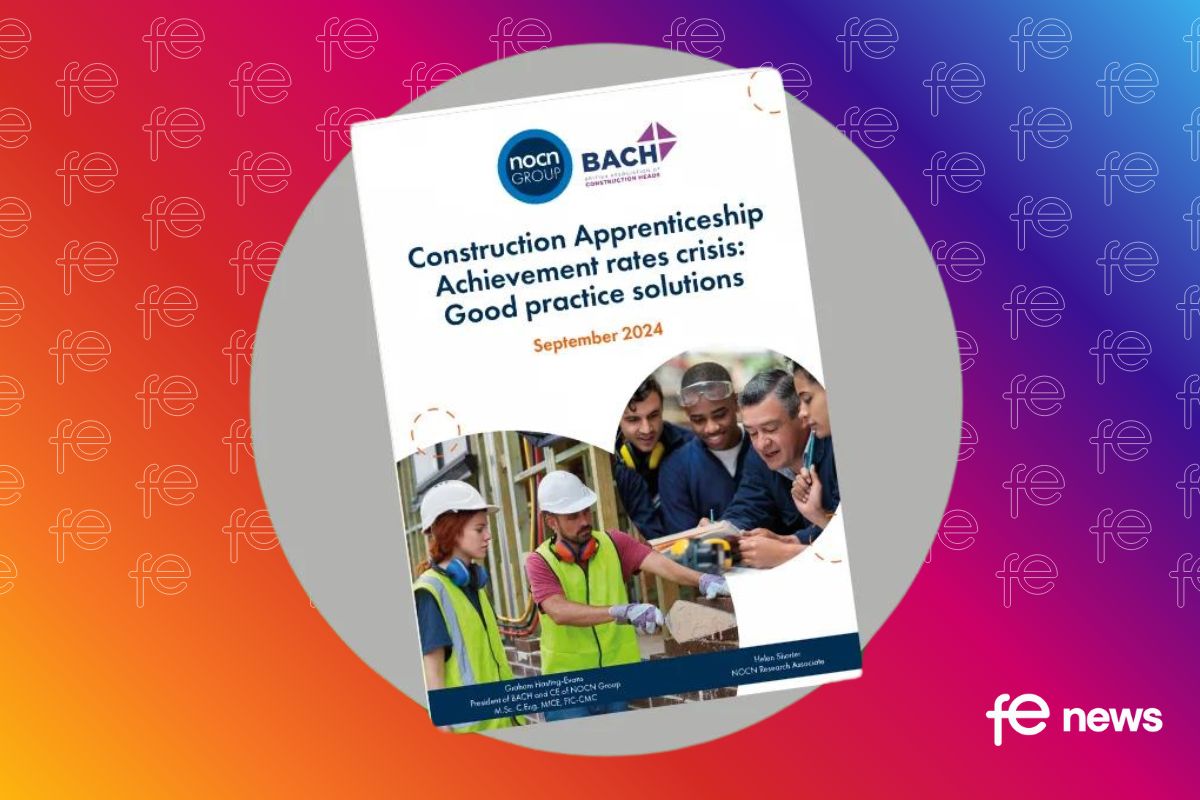Assessors Face Unique Challenges Adjusting to the New EPA Rules

I don’t know about you, but I could use a vacation. Maybe Antarctica. You know, a placid landscape where things, more or less, stay the same from one week to the next. Continuity.
A woman can dream…
Ever since the new apprenticeships reforms were introduced earlier in 2017, and the details of how end-point assessment (EPA) will work were revealed, I’ve had one thing in particular on my mind: how the apprenticeship reforms affect on-programme assessors, the people who judge the fitness of an apprentice’s abilities, and those people conducting EPA.
In the old world of frameworks, on-programme assessors worked closely with apprentices throughout their programme from initial sign-up and induction through to the completion of their qualification and apprenticeship. It was a one-stop shop and it worked well. The new world of apprenticeship standards requires that the on-programme trainers have no part in signing off on the apprentice’s abilities at the end of the programme. Instead, assessment of the apprentice’s skills, knowledge and behaviours will be completed by a different assessor. This assessor will be a third-party, independent and impartial assessor employed by an approved apprentice assessment organisation (AAO).
The government seemed to feel that AAOs were needed to ensure that apprentices could have an objective assessment of their skills, knowledge and behaviours and so perform effectively in their workplace.
A core strength of a trainer-assessor from the framework era was their ability to forge close rapports/relationships with their apprentices, offer sound knowledge input and adopt a coaching/ mentoring role to nurture the apprentice’s ambition and ability. Whilst creating a rapport with apprentices will still be critical to the on-programme training, it will not be replicated in the same way for end-point assessment (EPA). This new role will require a different skill set with little time to develop any kind of relationship with an apprentice before making judgements about their ability and determining a final grade. I imagine this transition will be very uncomfortable for many assessors. I also imagine it will be a change some won’t want to make.
With the majority of an apprentice’s feedback provided after assessment, I suspect some experienced and outstanding framework assessors may not adapt well or work comfortably in this new standards/EPA model, given their familiarity with providing on-going feedback.
Whilst on-programme trainer assessors will have spent months, and in some cases years, working with their apprentice and will therefore possess sound knowledge of their capabilities, an EPA assessor will be making judgements based on evidence presented and observed in a short 6-8 week window. Again, I wonder how comfortable some assessors will be in making the shift between coaching and developing to applying a grade in this impartial fashion.
Grading could also present another challenge to assessors. Under the frameworks model, once qualifications were completed (which may or may not have been graded), apprentices were signed off as having achieved their apprenticeship. This was a fairly straightforward system that allowed for a certain amount of flexibility. With the new standards model, apprenticeships are graded with new grade boundaries. These grade boundaries differ between standards since they are each adapted to better reflect the need to assess different standards. The main difference between standards grading is the difference between Pass/Distinction and Pass/Merit/Distinction.
Whilst I believe the creation of the new distinction is a positive change in that it provides apprentices with an opportunity to be rewarded and have their skill and knowledge level recognised in a differentiated manner (offering a greater parallel with other further education routes), grading in this manner is yet one more skill set that we now require assessors to have. There is also the danger that, as new assessors will not be all that familiar with their new roles, they may under/overcompensate when grading, since they may be unsure of their abilities in their new role.
There are, however, some positives to mention in this new system. As some assessors will now carry out dual roles as both on-programme trainers and EPA assessors to different apprentices, the skills the assessor learns and applies while conducting graded EPA assessments may be applicable to their on-programme training roles. They’ll develop their understanding of grade boundaries and what level they believe an apprentice is working at. In addition, on-programme trainers that are also EPA assessors will be able to mock grade for mock assessments, which could potentially raise their grading accuracy to a higher level than if they were simply an on programme trainer.
Time will tell whether complications will arise and where. No doubt, as the new system is implemented, problems will be identified and addressed. In terms of assessment, the sector is in for some growing pains in the near future. In the meantime, we need to collectively, as a sector, recognise the importance of the roles both trainer-assessors and EPA assessors do, and actively support them in conducting their vital roles.
Kelle McQuade, Lead Business Development Manager, TQUK
About Kelle McQuade: Kelle knows the FE sector inside and out from her 13+ years at Milton Keynes College as Prince’s Trust Programme Area Manager, Quality Improvement Manager and, mostly recently, Head of Improvement and Innovation. She’s been nominated for several leadership awards during her time at MKC and significantly contributed to several Ofsted inspections.










Responses